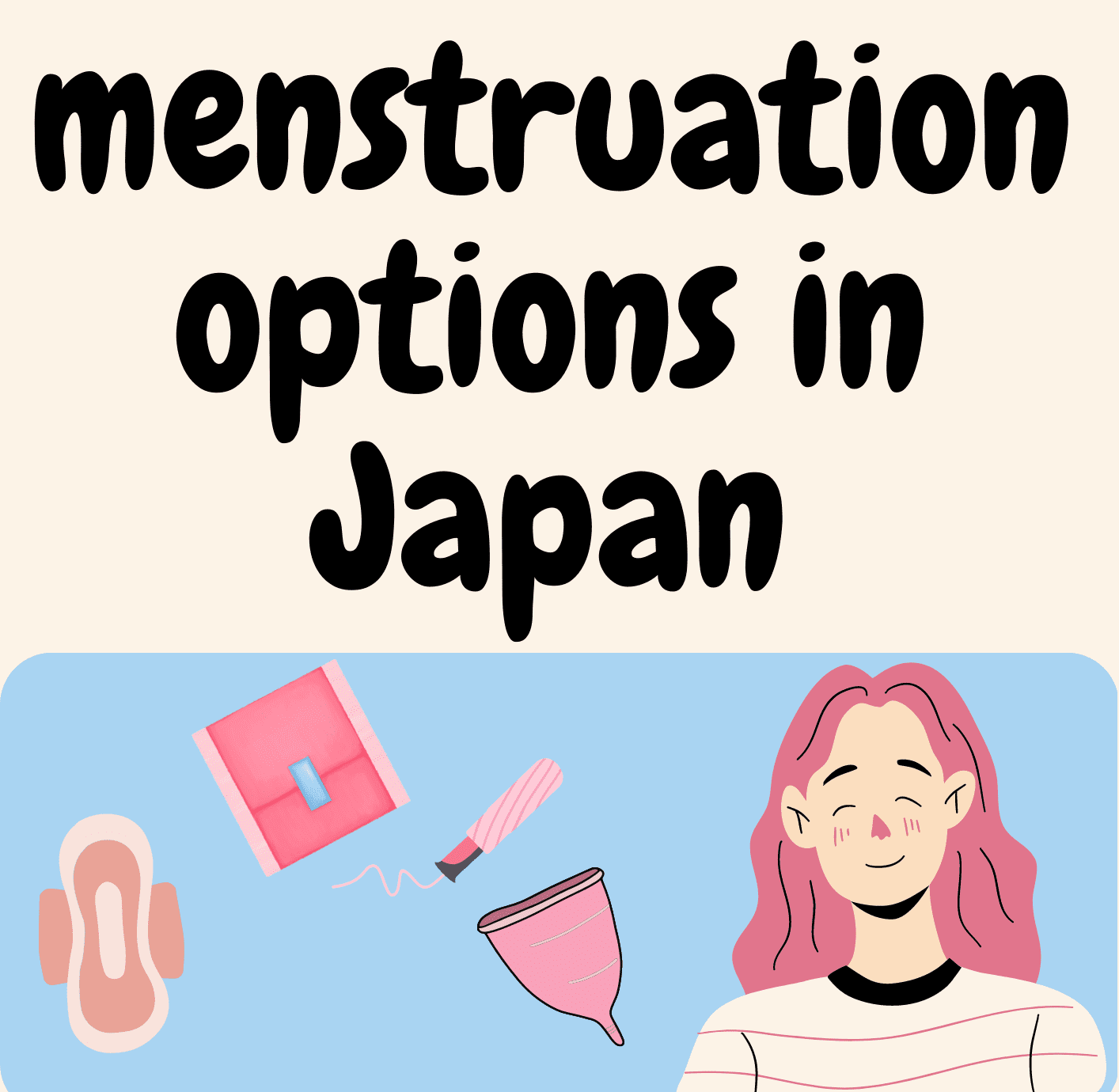Do you know what creepy crawlies lurk in houses or gardens in Japan? Do you know what wildlife to be on the lookout for?
Here are a few of the most common dangerous wildlife and pests that you may encounter in Japan! Be prepared, especially if you are living in rural areas or wish to stay in Japan a long time.
- Wild Boar イノシシ
- Asiatic Black Bear ツキノワグマ
- Monkey サル
- Snapping Turtle わにがめ
- Japanese Pit Viper マムシ
- Japanese Hornet オオチョウバエ
- Centipede ムカデ
- Stinkbug カメムシ
- Pest removal services
- Useful products for pests
- Bug sprays
Wild Boar イノシシ
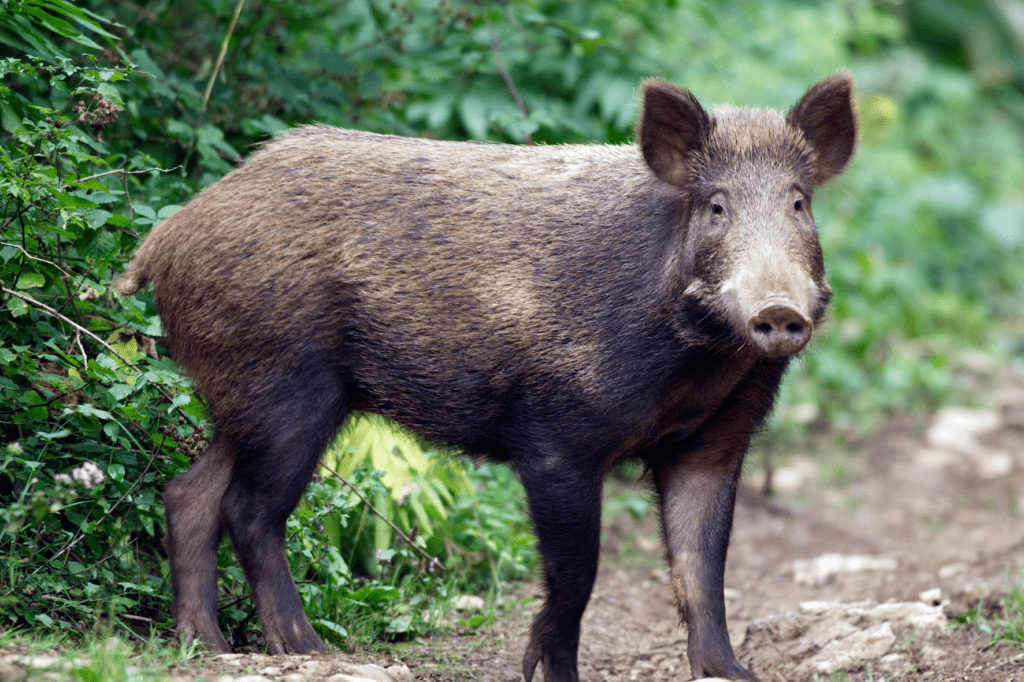
About 100~170 cm in length and 100~190 kg in weight
There have been many accidents and sightings of wild boars throughout Japan, except Hokkaido.
Since wild boars live close to human settlements, they are easy animals to encounter.
Although wild boars have an image of rushing violently, they are timid by nature and do not come at humans on their own.
However, during breeding season or if they are with their young, they will become very protective and attack.
To avoid them, use a loud voice and attach a bell to your bag when going on walks in forested areas.
Asiatic Black Bear ツキノワグマ
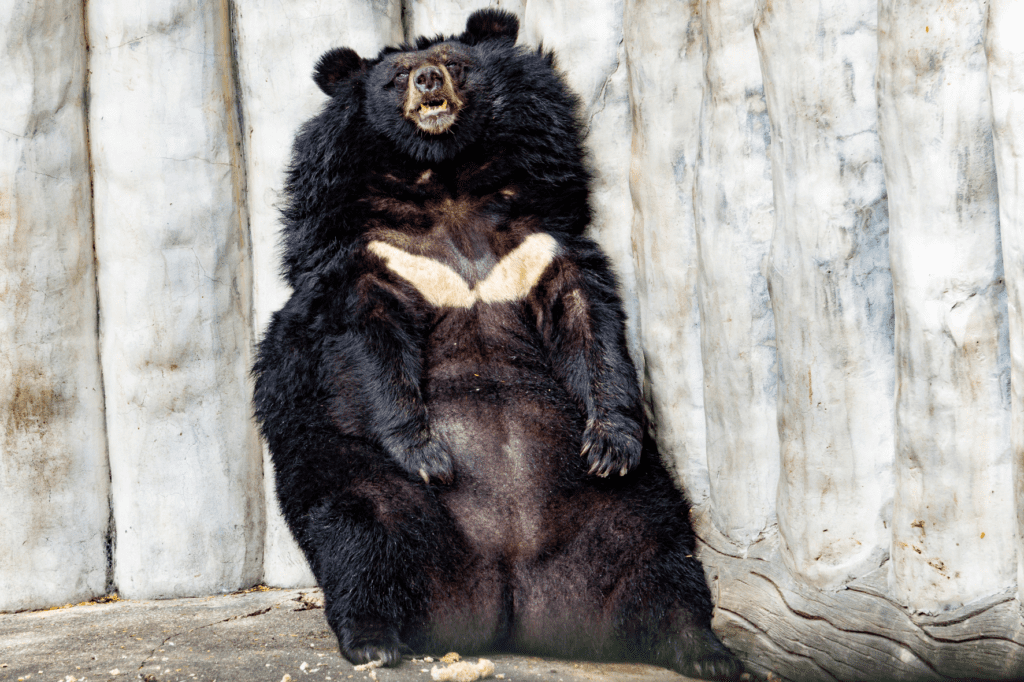
体長100cm~150cm、体重60kg~100kg
The black bear belongs to the family, Ursidae, and is found in Honshu and Shikoku, Japan.
Black bears hibernate from late fall until spring in hibernation.
However, some bears do not hibernate because they do not have enough food, and they are ready to wake up and attack at any noise or stimulus, so do not assume that the mountains are safe from bears during the winter.
Also, pregnant females give birth in their hibernation holes during this winter.
In winter, as in early spring, when entering the mountains, be sure to carry a bear-proof bell or similar device to protect yourself against bears.
You are likely to see warning signs if bears have been spotted in the area.
Monkey サル
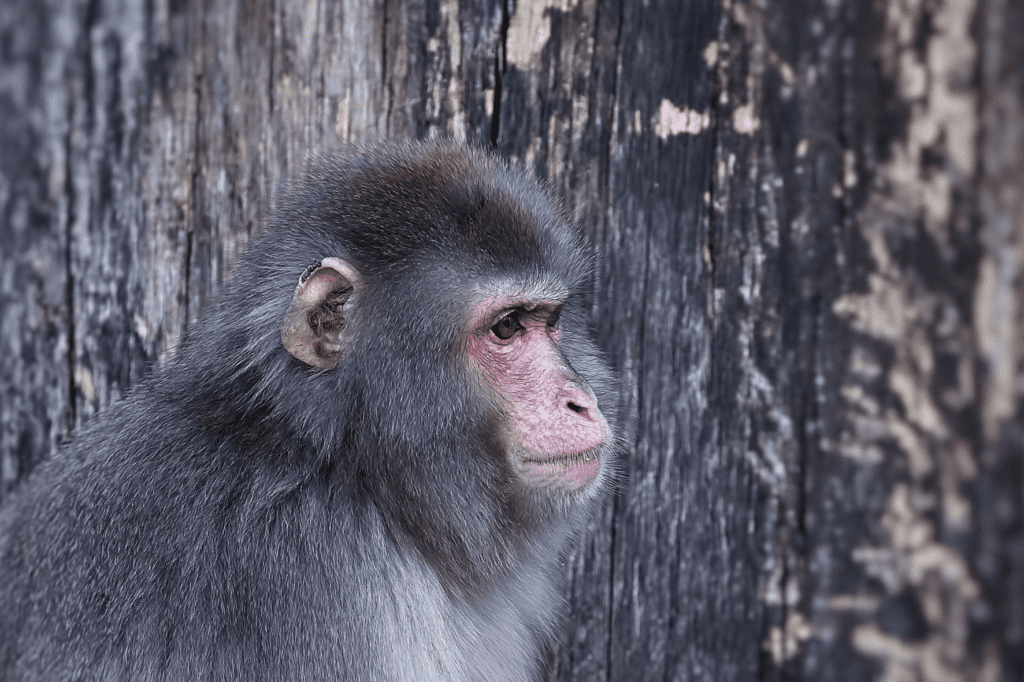
Length 45~70 cm, weight 6~18 kg for males, 6~14 kg for females
There are two types of Japanese macaques: the Hondo macaque, which is distributed in Honshu, Shikoku, and Kyushu, and the Yakushima macaque, which is found on Yakushima Island.
Japanese macaques generally do not approach humans.
However, individuals that have become accustomed to humans in tourist areas will sometimes take food from humans.
There have also been occasional incidents of individuals that have left the herd attacking and biting humans.
The bite force of a macaque is so strong that the bite can be severe enough to injure a person to the bone.
In 2011, there were more than 10 consecutive incidents of people being attacked and injured by wild Japanese macaques in Kozuki Town, Shimonoseki City, Yamaguchi Prefecture.
In all of these scary incidents, the monkeys naturally attacked the victims while they were engaged in farm work or in their own gardens.
There has also been economic damage caused by individuals that have come down to human settlements and eaten crops.
To avoid them:
Never approach them
Do not make eye contact
Never shout
Do not make sudden movements
Never feed them
There are some designated monkey parks in which you can feed monkeys, but they are under supervision. Please be careful!
Snapping Turtle わにがめ
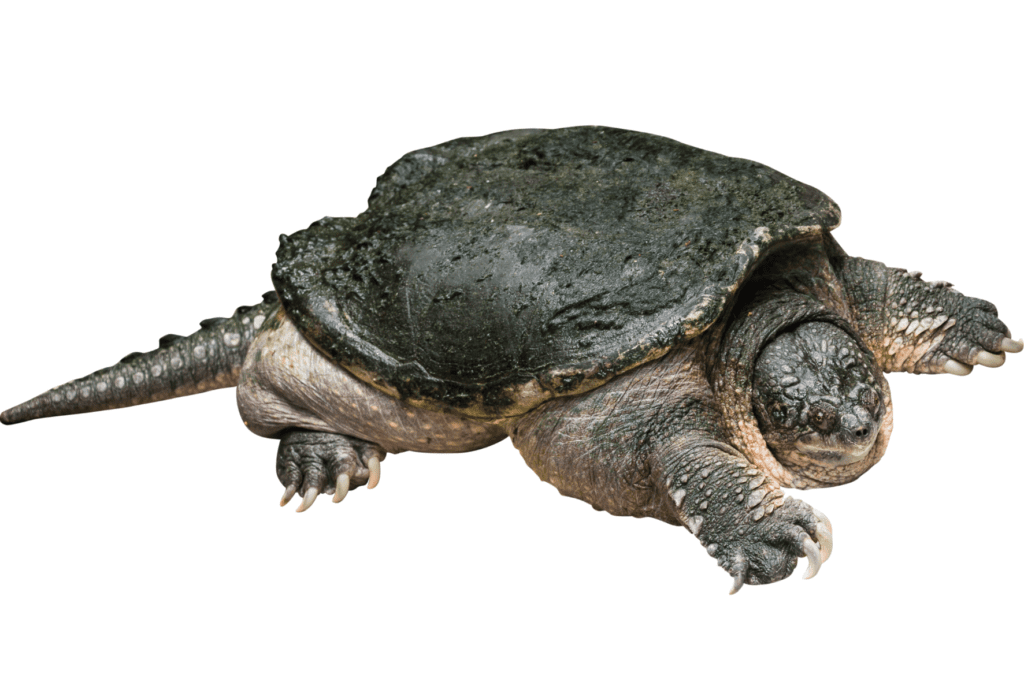
The alligator snapping turtle is a giant turtle with a carapace measuring up to 80 centimeters long that lives in the United States.
Like the snapping turtle, it has a strong bite, opening its mouth wide like an alligator, and is said to bite off human limbs. Since they are often found in swamps and ponds, it is unlikely that you will encounter one, but if you do, call the police. If you approach or touch them out of curiosity, they will bite you with tremendous speed and you will be in serious trouble.
Japanese Pit Viper マムシ
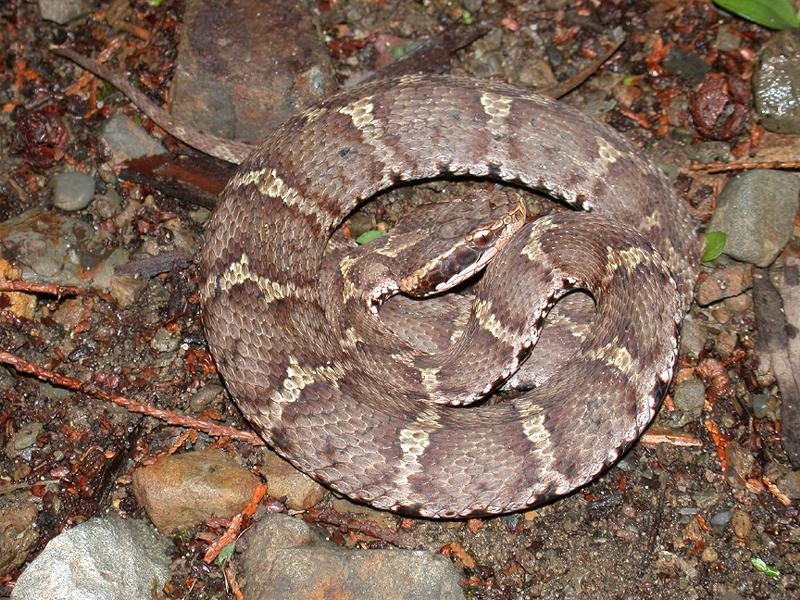
Japanese Pit Viper マムシ Body length: About 40-65cm, short and thick Head shape: Narrow neck makes the head look triangular and the pupils are vertical cat’s eyes Habitat: Hokkaido, Honshu, Shikoku, Kyushu
The whole body of the pit viper is characterized by a gray-to-red coin-shaped pattern. Color variation is not great, so it is relatively easy to recognize them no matter where you encounter them. The pit viper is an ambush predator, so it does not move around much.
Therefore, they often do not run away when people approach them, and in many cases, people are bitten by stepping on them unnoticed or walking near them unknowingly.
I have never encountered one personally, but there are many places near temples and forests in which you will see warning signs for this snake.
Japanese Hornet オオチョウバエ
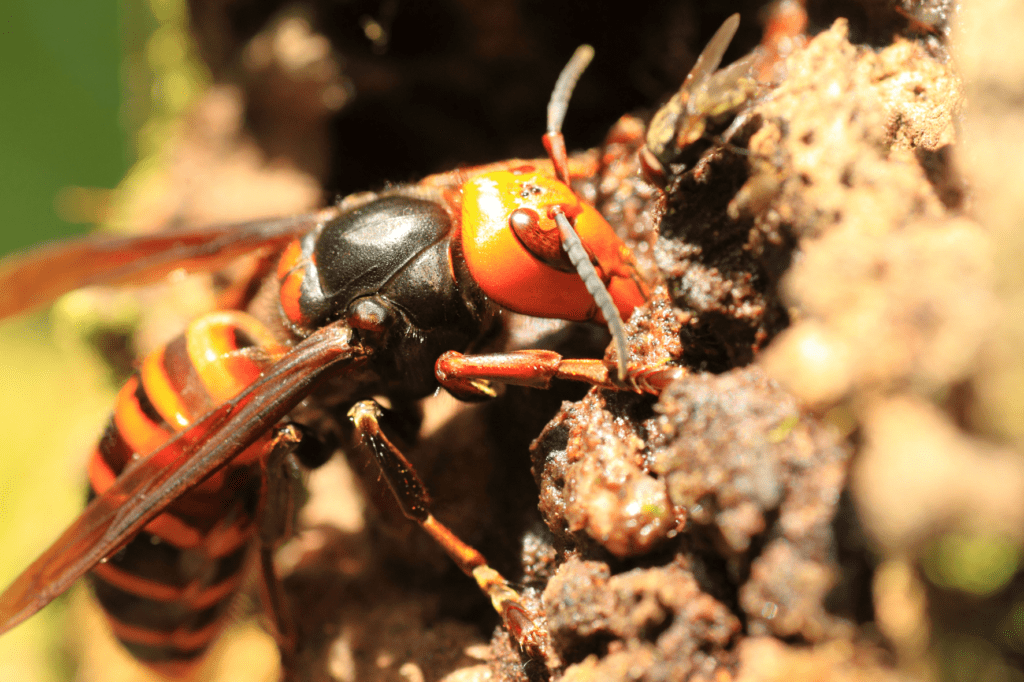
Among bees, wasps and stinging wasps are the most common stingers.
With the recent development of residential land, wasps are increasingly entering people’s living environments and building nests under eaves and in trees in yards, resulting in increased damage.
Irritating bee nests is dangerous. Wasps, in particular, require special attention.
A professional pest control company should remove nests. In recent years, the Tsushima hornets, a specified alien species, have been reported to nest in Tsushima and other areas.
Allergy sufferers should be aware that a combination of bee stings can cause serious symptoms of anaphylactic shock.
In fact, I have had an infestation at my apartment in Kyoto. It costs a lot of money to remove a nest, but keep in mind, the management of pests is handled by the renter and not the property owner.
Centipede ムカデ
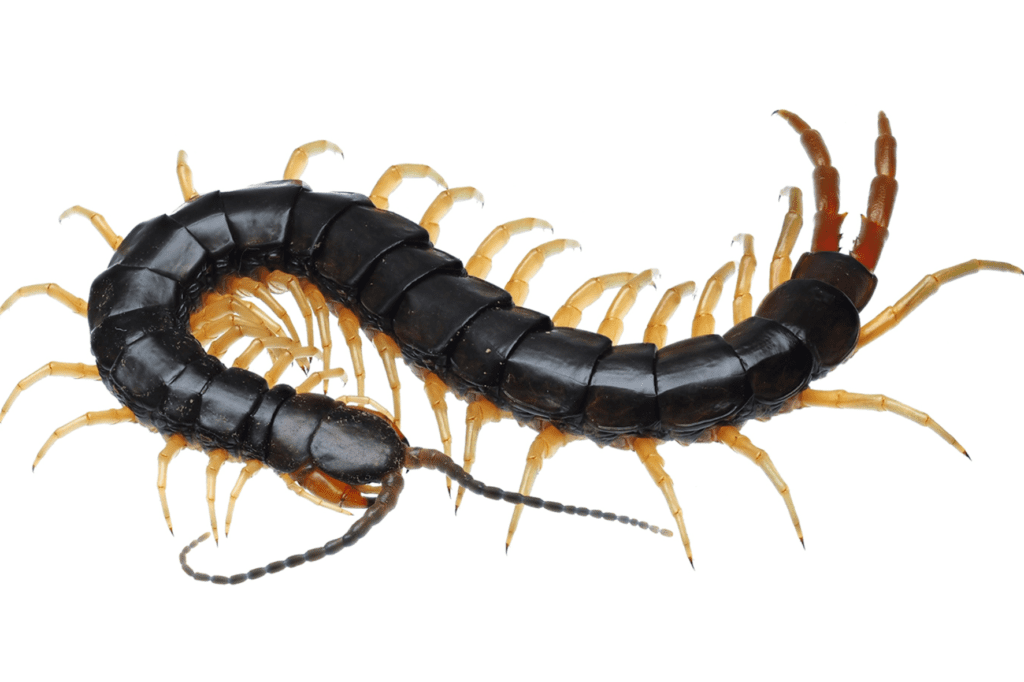
They are around 110~130 mm long, live in damp places such as rotting wood, stone blocks, and leaf litter, and feed on small insects. These pests sometimes invade houses at night. Often, they can be found hiding around entryways. A centipede bite can occur when a human accidentally touches it. The bite may cause severe pain, redness, and swelling.
I had the shock of my life when one was curled up inside my shoe in the entryway of my home.
It was a difficult battle, but I defeated it using bug spray.
Stinkbug カメムシ
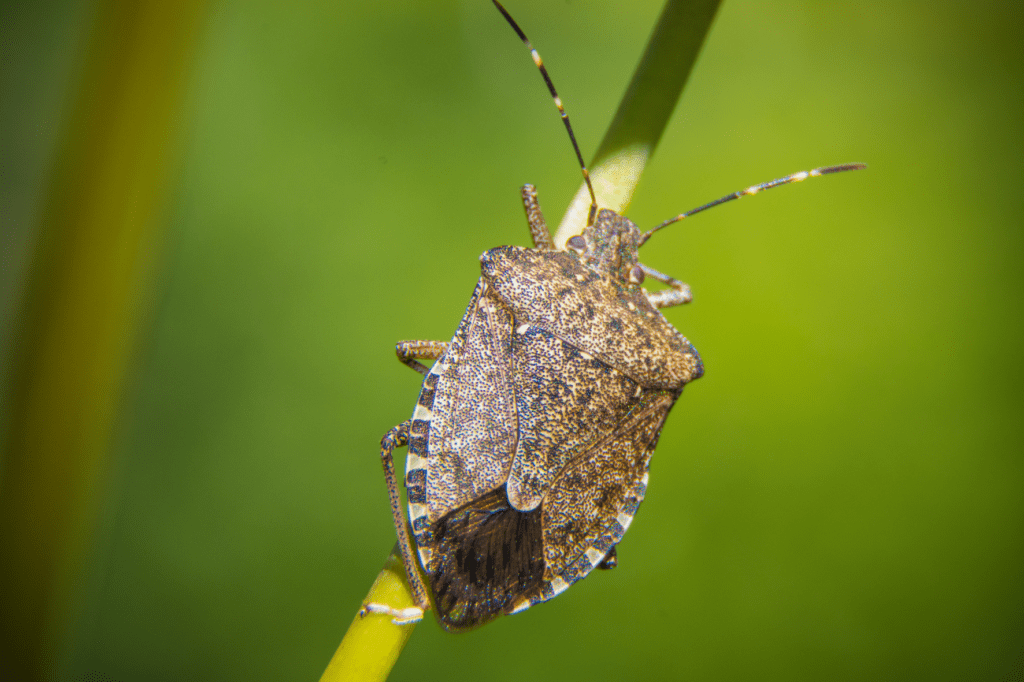
It is my worst enemy in Japan! Don’t let the cute Japanese name “turtle bug” fool you. These stinky pests are high in number and they will enter your house at all costs.
There are about 600 species of stink bugs in Japan.
They are mainly parasitic on leguminous plants such as kuzu (kudzu), hollyhock, and hagi (Japanese hollyhock), but they are also agricultural pests that damage crops.
The Scott’s stink bug (Hokkaido), the kusagi stink bug (in mountainous areas south of Honshu), and the maru stink bug (south of Honshu) are among those that invade houses or fly into them for overwintering from October to November.
Many people feel discomfort just by the large number of these insects flying in. They are extremely unpleasant insects that emit a strong odor when touched or irritated.
Many houses, especially those in new housing developments or near fields, seem to suffer from infestations every year.
They also love to drink the moisture from the laundry you hang outside.
My Japanese mother-in-law suggests picking them up with sticky tape or vacuuming them. You will avoid a stinky situation that way.
Pest removal services
Useful products for pests
Bug sprays
This spray works well against the Japanese hornet! You can keep distance when you use it.
This is repellant spray you can use to keep stinkbugs from entering your house. It is a good idea to put it around windows and doors.


![[商品価格に関しましては、リンクが作成された時点と現時点で情報が変更されている場合がございます。] [商品価格に関しましては、リンクが作成された時点と現時点で情報が変更されている場合がございます。]](https://hbb.afl.rakuten.co.jp/hgb/39a2bf04.bfbfea0e.39a2bf05.29043b89/?me_id=1298616&item_id=11835274&pc=https%3A%2F%2Fthumbnail.image.rakuten.co.jp%2F%400_mall%2Fat-life%2Fcabinet%2Ff%2F4901080277718.jpg%3F_ex%3D240x240&s=240x240&t=picttext)

![[商品価格に関しましては、リンクが作成された時点と現時点で情報が変更されている場合がございます。] [商品価格に関しましては、リンクが作成された時点と現時点で情報が変更されている場合がございます。]](https://hbb.afl.rakuten.co.jp/hgb/39a2c17b.a74e96eb.39a2c17c.711b234e/?me_id=1223054&item_id=10000178&pc=https%3A%2F%2Fthumbnail.image.rakuten.co.jp%2F%400_mall%2Fkaiteki-elife%2Fcabinet%2Fsattyu%2Fsattyu6%2F4901080281012.jpg%3F_ex%3D240x240&s=240x240&t=picttext)


